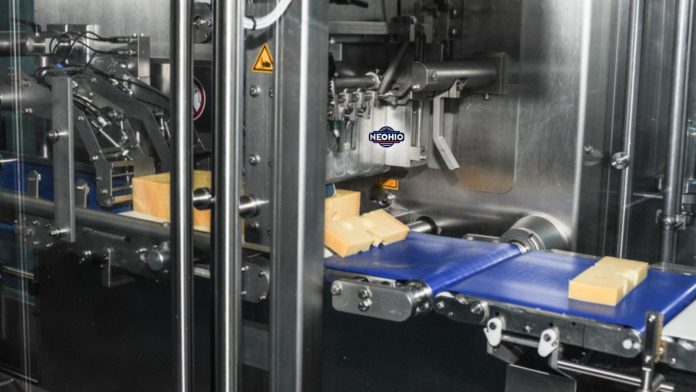Northeast Ohio’s food manufacturing sector is scrambling to implement new federal traceability systems as the Food and Drug Administration prepares to enforce sweeping new regulations next year.
The FDA’s Food Traceability Final Rule requires detailed recordkeeping for foods like cheeses, eggs, and leafy greens to help identify contamination sources faster. The regulations take effect January 20, 2026, giving processors just over a year to upgrade their tracking systems.
Northeast Ohio’s 500-plus food processors, including major operations like H.J. Heinz, Nestlé USA, and J.M. Smucker, are investing heavily in new technology to comply with the requirements. The region also hosts more than 180 food packaging providers who must adapt their operations.
The new rules focus on what the FDA calls the “Food Traceability List” – products most likely to cause foodborne illness outbreaks. Companies that manufacture, process, pack, or hold these foods must maintain comprehensive records showing where products came from and where they went.
The compliance date could potentially extend to two years after completion of pilot programs if a provision in the current House appropriations bill passes, which would prohibit funding for implementation until the FDA completes at least four pilot projects.
For Ohio’s food sector, which generated over $3 billion in revenue in 2018 and grew 85% in the past decade, the new requirements represent both a challenge and an opportunity. Companies that successfully implement advanced tracking systems may gain competitive advantages in an increasingly safety-conscious marketplace.
The region’s trained talent pool of more than 22,000 food manufacturing and production workers will need additional training on the new recordkeeping requirements. Industry experts expect the changes to drive consolidation as smaller processors struggle with compliance costs.
Local manufacturers have been working with technology vendors to implement everything from blockchain-based tracking to advanced barcode systems. The goal is to create an unbroken chain of documentation from farm to consumer that can quickly identify contamination sources during food safety emergencies.
Discover more from Northeast Ohio News
Subscribe to get the latest posts sent to your email.













